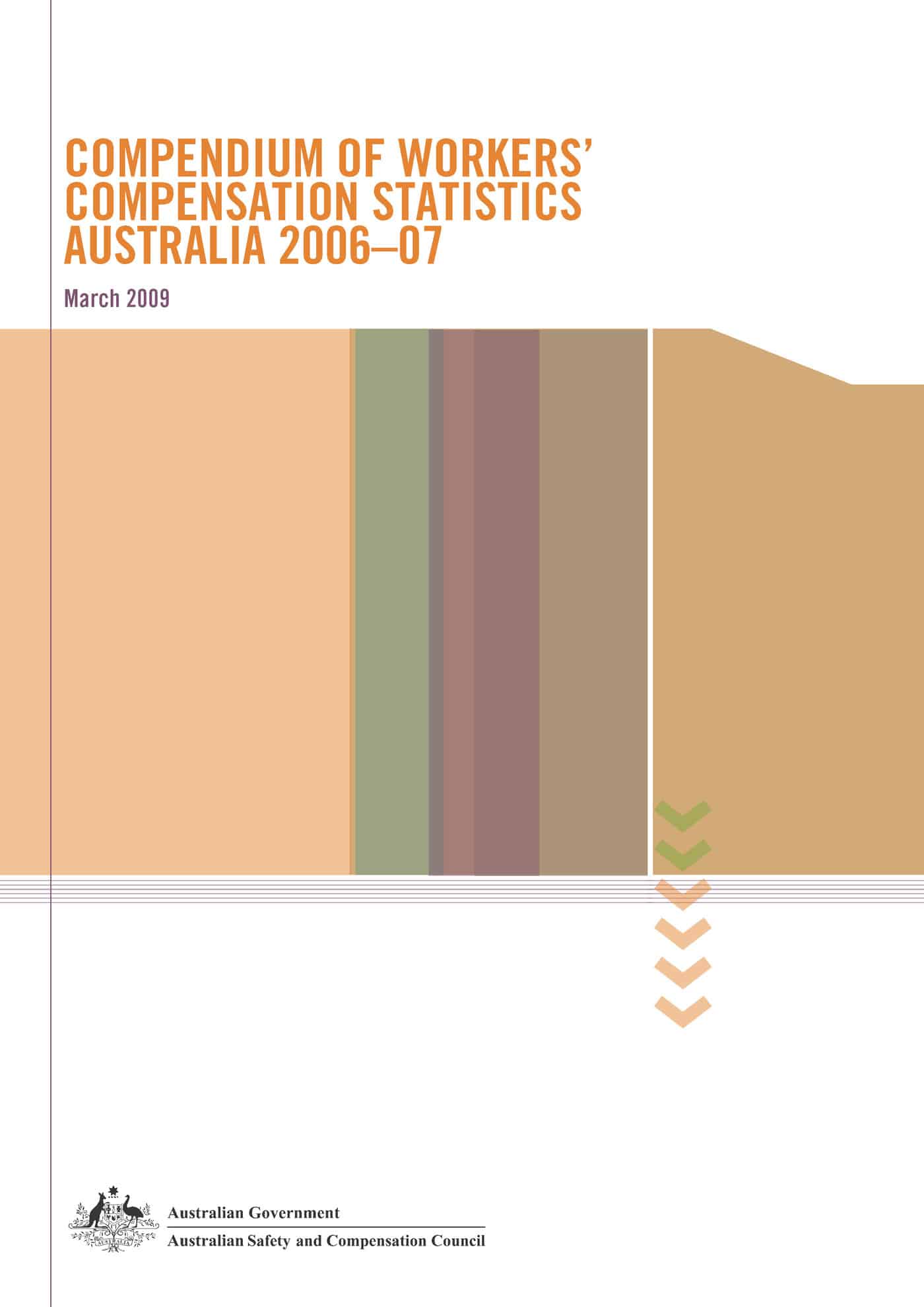SafetyAtWorkBlog would not purport to be knowledgeable about airlines, Turkish or Australia but there was a fascinating article published in Europe on 12 March 2009 that discusses the safety culture in Turkish Airlines. The article is entitled “Islam and the art of aircraft maintenance” by Claire Berlinski (Thanks to Melody Kemp for bringing this to our attention)
There are some similarities to the current issues running in Australian media and industrial circles over the maintenance services of Qantas aircraft.
The crash of a Turkish Airline flight in Amsterdam on 25 February 2009 gained worldwide attention. According to Berlinski’s article this crash
“…was caused by mechanical failure, exacerbated by severe pilot error: The aircraft’s altimeter – which had malfunctioned twice in the past eight landings – was faulty, and the pilots failed to note this or respond appropriately.”
A spokesperson for the airline insisted that the quality of servicing was the equal of European airlines. (God help, airline passengers in Europe.)
Berlinski reported that
“Technicians were given maintenance tasks after two or three hours of training”
and that according to a reputable Turkish publication “Tempo Dergisi”, a technician was interviewed who
“..claimed to be responsible for engine maintenance: he admitted that he was not licensed to do this job.”
Lastly she reports that
“And in December, 2006, it was widely reported that Turkish Airlines workers had sacrificed a camel on an Istanbul airport ramp as a gesture of thanks for having at last got rid of a batch of troublesome planes.”
There is much more in Berlinski’s article of concern and the full article is recommended but the relevance to SafetyAtWorkBlog is its example of a dysfunctional safety culture in an industry that is used as a positive example throughout the world, principally, as a result of James Reason’s work.
There will be good and bad in every industry and one will always be able to find a poor example of safety management in some country somewhere but the airline industry is different. It projects itself as well-regulated and operates to international benchmarks of efficiency and safety. It promotes its maintenance industry as “world’s best practice” but the generalisation is as empty as all generalisations.
OHS professionals are taught to manage safety in a way that includes the lowest common denominator in the workplace. Safety is built around the highest risk or the stupidest act.
It is useful to read the Berlinski as an article that reflects the infamous Darwin Awards except that the victim is not only the pilot but hundreds of innocent passengers.


